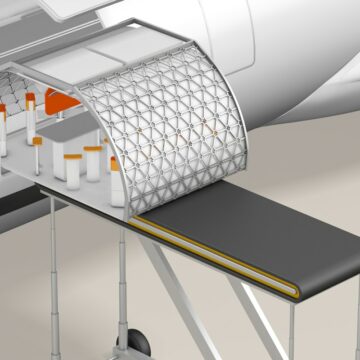Today, solar energy has gained an incredible amount of popularity. Traditional sources of energy like petroleum derivates are not only expensive to obtain but also very polluting. For this reason, many governments are working towards achieving clean energy and solar panels represent the most promising option now.
Nevertheless, cities have one important constraint when it comes to solar panels – space. Solar panels are capable of collecting important amounts of energy but they require space in order to recover it and cities are, in many cases, very crowded. Therefore, governments were troubled when trying to change to more environmentally friendly options without greatly disrupting and reducing the space of public areas.
A couple businesses witnessed this difficulty and decided to offer solutions for this situation. Wattway and SolaRoad are two companies that have decided to develop solar panels embedded in roads, solving the space problem and being able to install this energy solution without upsetting public spaces.
Their solutions offer the possibility to place solar panels on roads and sidewalks by protecting the fragile cells with reinforced and texturized glass in order to withstand the weight and stress from vehicles. This unique solution is very promising as most of the roads are occupied only 10% of the time, giving the idea great potential for collecting important amounts of energy.
This is why countries like France and the Netherlands have decided to invest in road solar panels and try it out in small local streets. In Amsterdam suburbs, a 70-meters trial bicycle road was installed in 2014, and so far, it has had outstanding results. In Tourouvre-au-Perche, a 1-kilometer trial road was also installed in 2016 for a 2-year pilot, at least 2 000 drivers are expected every day on this road. If the trial is successful, French politicians have shown interest into expanding another 1000 kilometers of this road throughout France.
Unfortunately, there is a considerable cost difference between regular and solar panel roads. However, businesses have communicated that economies of scale could greatly reduce the cost of this product. We must remember that they are still on a trial period and final cost structures might change in the future. Additionally, other important factors like long-term durability or maintenance downtime are yet to be tested but at this moment, rather positive feedback has been given regarding these projects.
Thanks to this idea, we hope to be closer to clean and renewable energy. With time and lower costs, maybe even developing countries could use this solution in order to grant access to electricity to small villages where the difficult terrain makes problematic the installation of regular electricity.







